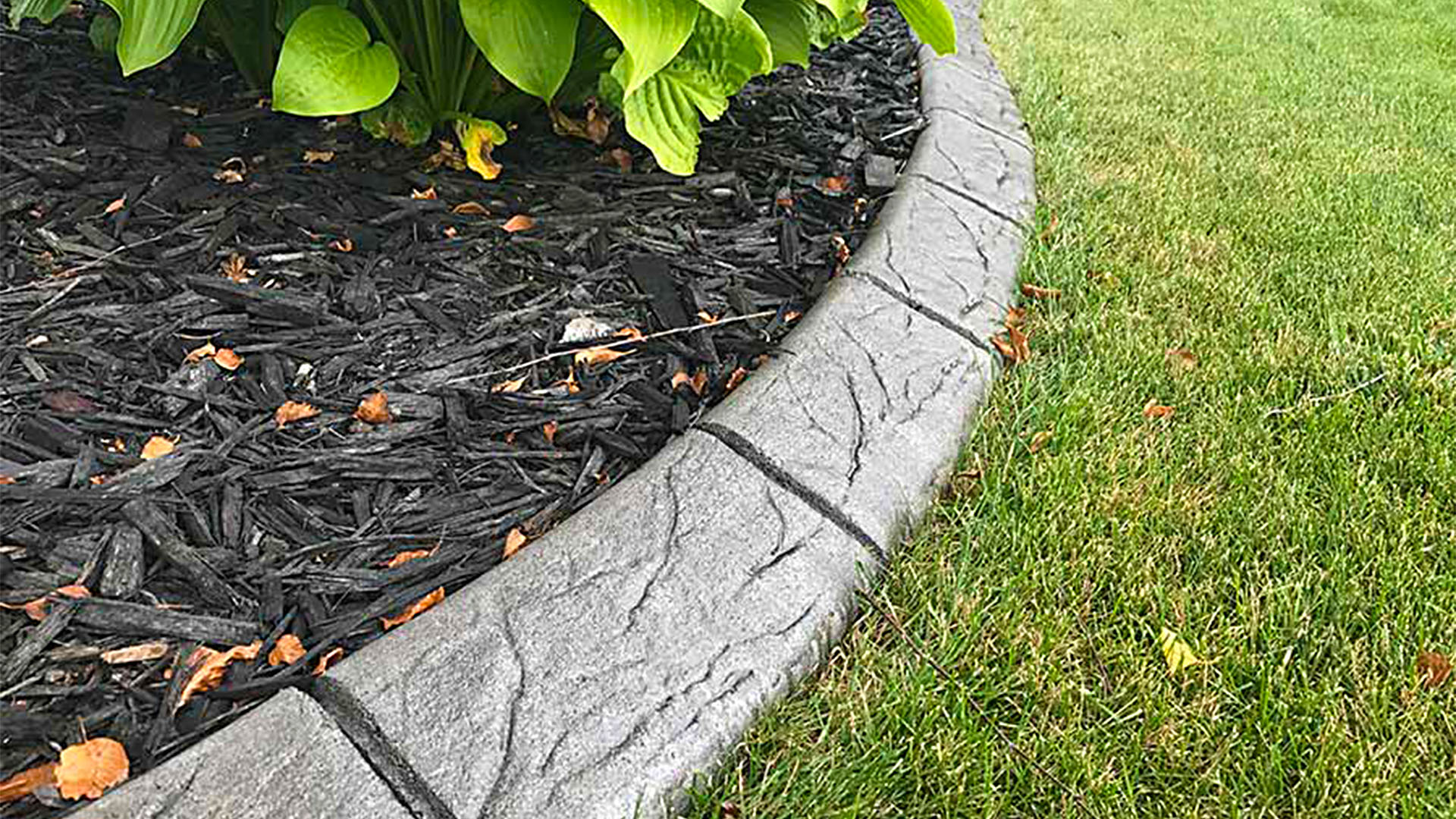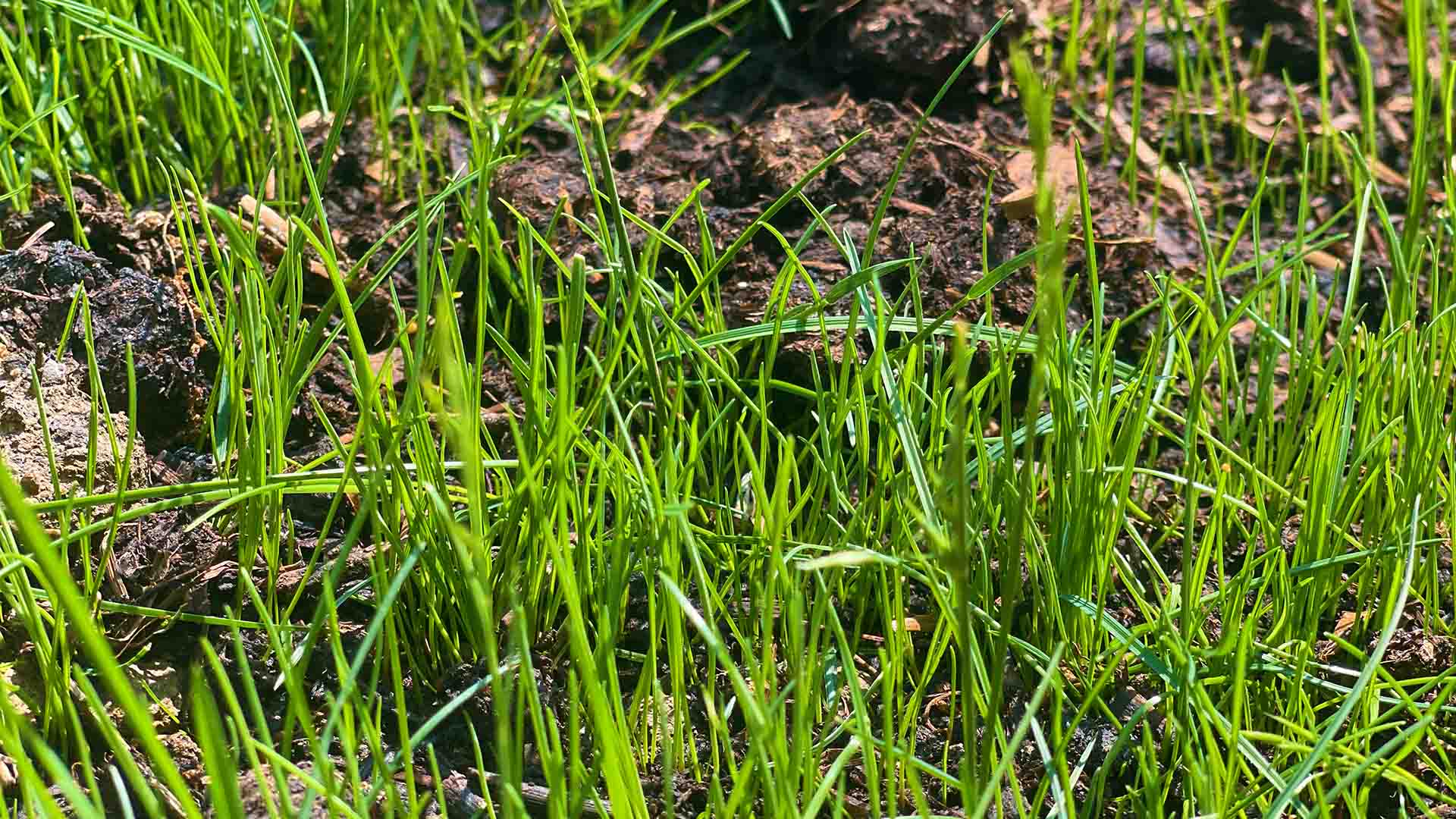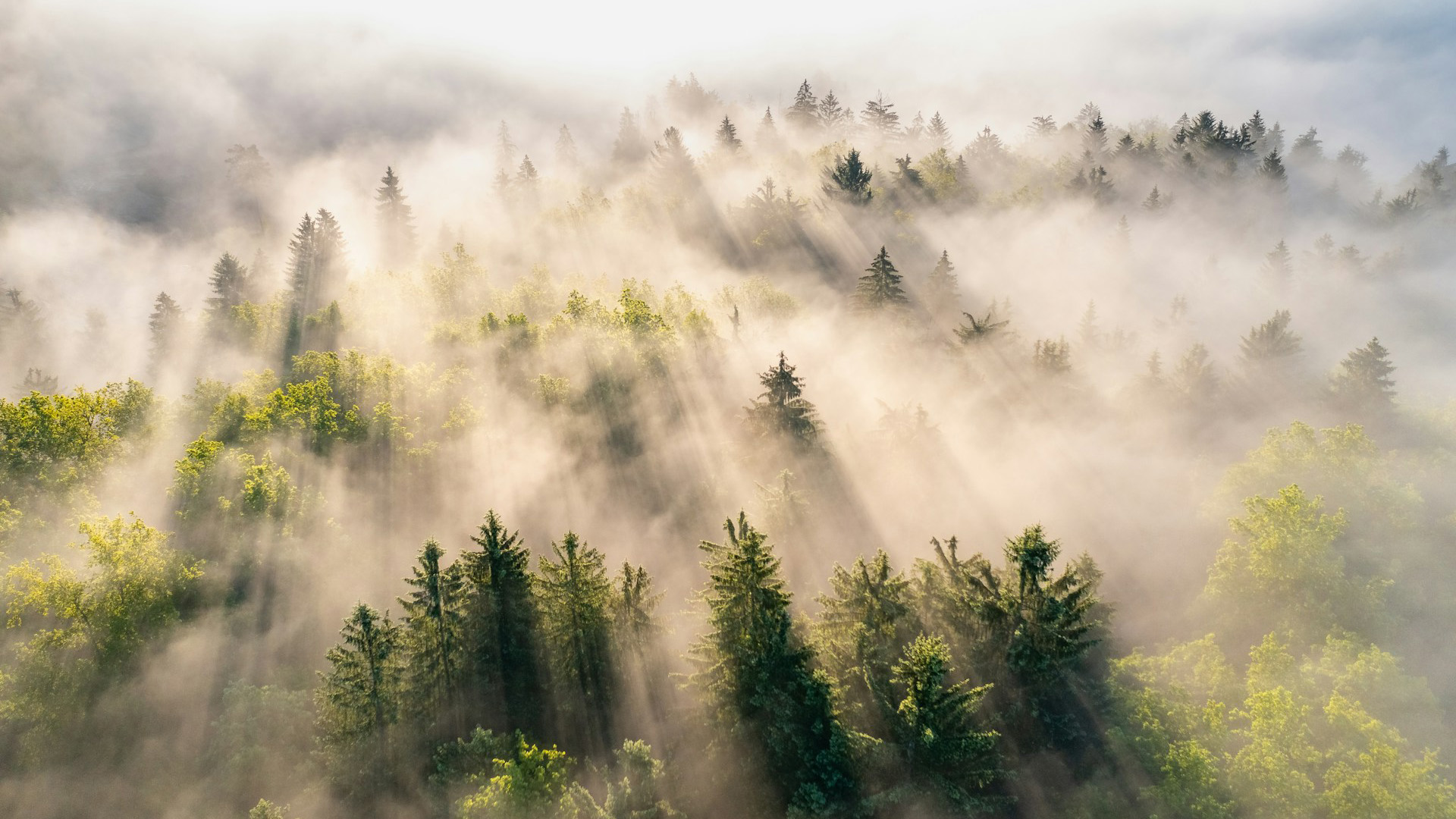Homeowners are switching to native plants over invasive ones. By nature, their low-maintenance and support for their surrounding ecosystem make native plants a common installation to accent any residential landscape.
Native plants play a vital role in preserving biodiversity in Pennsylvania and the Northeast. They are adapted to the local climate and soil conditions, and provide safe-haven for native birds, insects, mammals, and thousands of other species.
Invasive plants outcompete and overtake, which degrades the delicate balance of the surrounding ecosystem.
Any Pennsylvanian can contribute to the conservation of the state's natural heritage by incorporating a few of the following plants.
1. Adapted to local conditions like climate, temperatures, and rain.
2. Require less maintenance like water and soil amendments.
3. Provide food for birds, insects, and animals.
4. Attract native pollinators like butterflies, bees, moths, & hummingbirds.
5. Preserve native biodiversity
Choosing the right native landscaping plants is crucial to creating a successful and sustainable garden. One of the most important factors to consider is the amount of sunlight the area receives. Some plants thrive in full sun, while others prefer partial shade or full shade.
Another key consideration is the moisture level of the area. Some plants can tolerate wet soil, while others require well-drained soil to thrive. Additionally, it's important to consider the soil parameters, such as pH level and nutrient content, as different plants have different soil requirements. Consider these prerequisites before installing new plants.
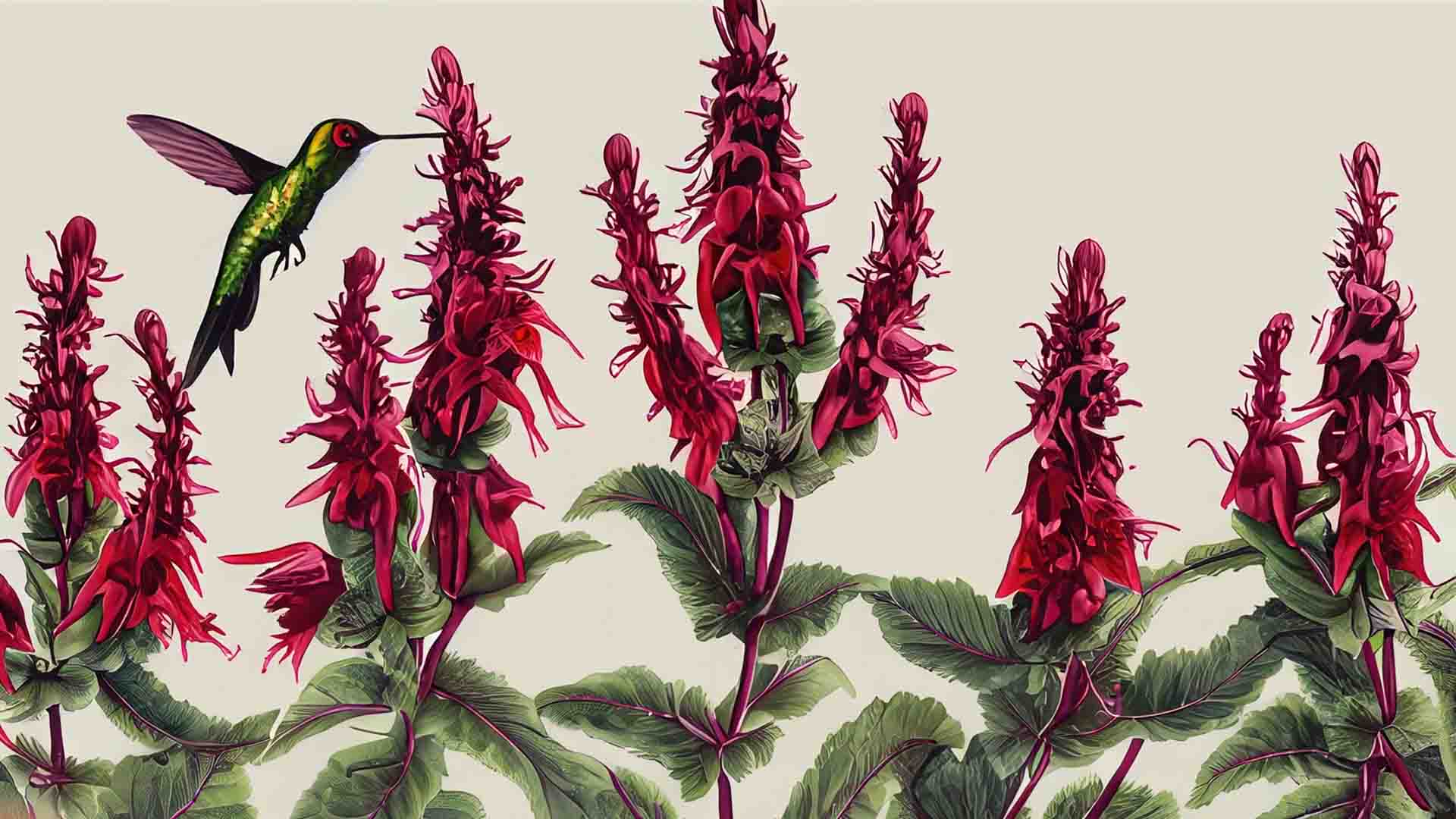
Bee Balm is a vibrant flowering plant native to North America that is highly attractive to bees and other pollinators. With its colorful, tubular flowers in shades of red, it adds a pop of color to any garden or landscape. Bee Balm is not only visually appealing but also has a delightful fragrance. It is a low-maintenance plant that thrives in full sun to partial shade and is tolerant of various soil conditions.
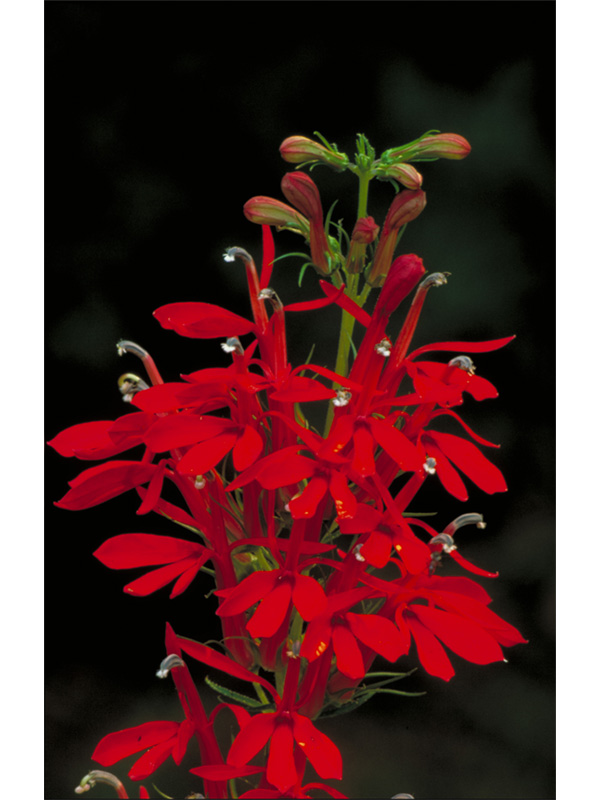
These bright red clusters grow in moist, wet areas. Although individual plants only last a few years, self-seeding allow these plants to colonize an area for generations.
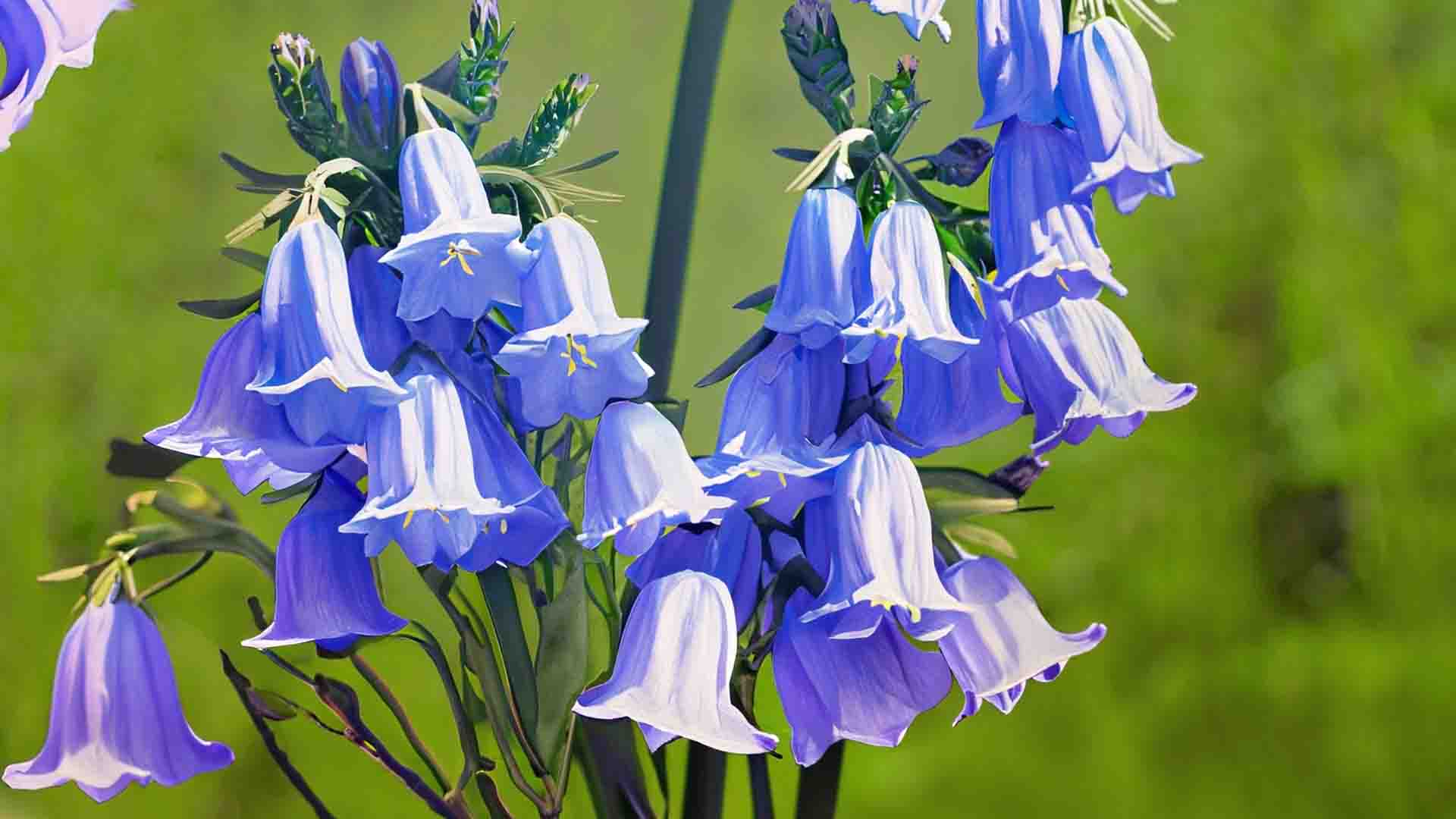
The blue and pink clusters of Virginia bluebells are native to many midwestern to eastern United States. This is one of the earliest bloomers appearing in early spring. Attract pollinators and overall landscape health in rich, partially shaded soils.
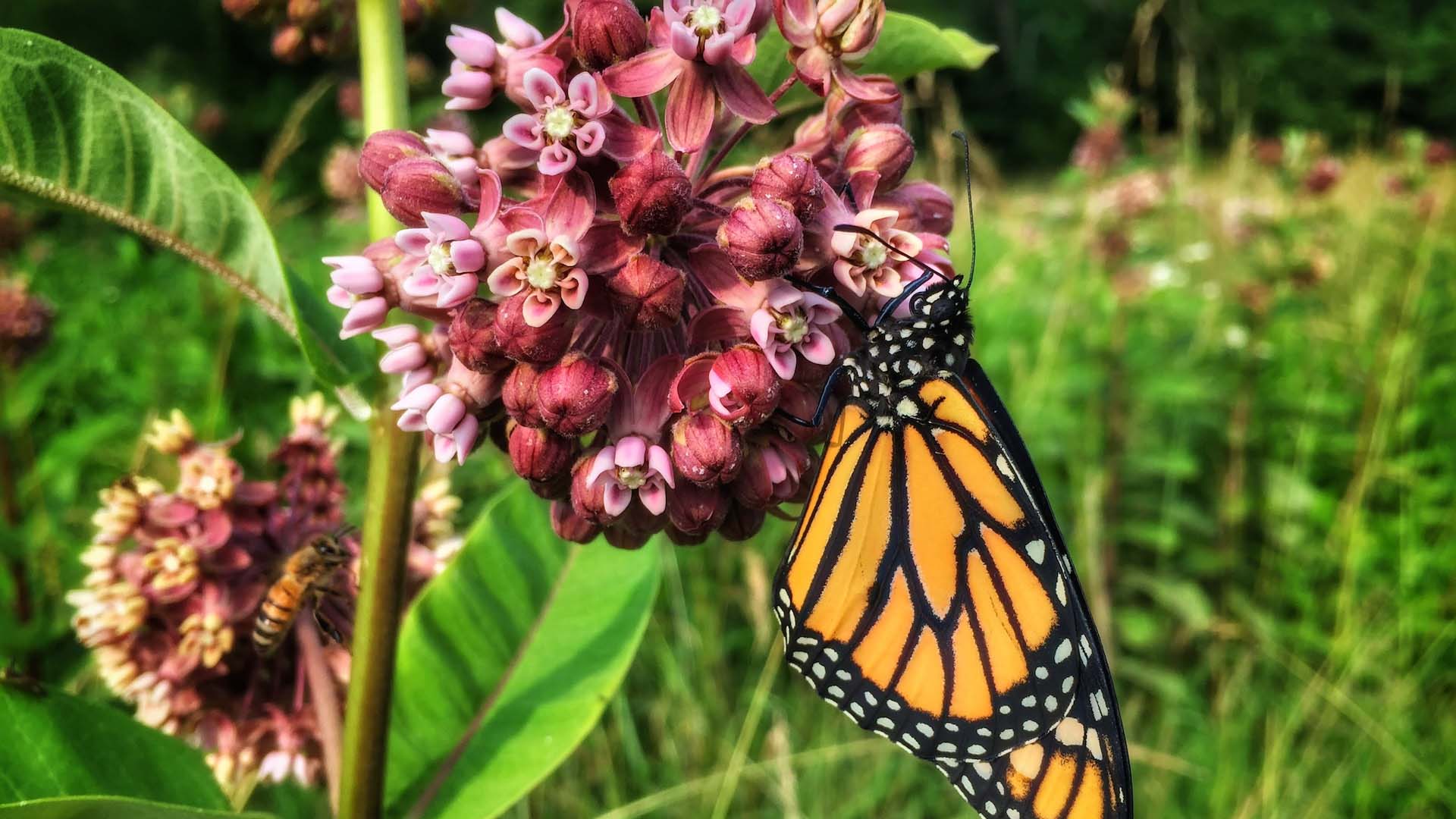
Butterfly milkweed is a perennial wildflower native to North America. It is known for its bright orange flowers that bloom in the summer, which are a favorite nectar source for many butterfly species, including the monarch butterfly.
Butterfly milkweed is also used in traditional medicine to treat a variety of ailments, and its roots were historically used by indigenous peoples for their nutritious properties. It is a popular choice for naturalizing meadows and prairies, and can also be grown in home gardens.
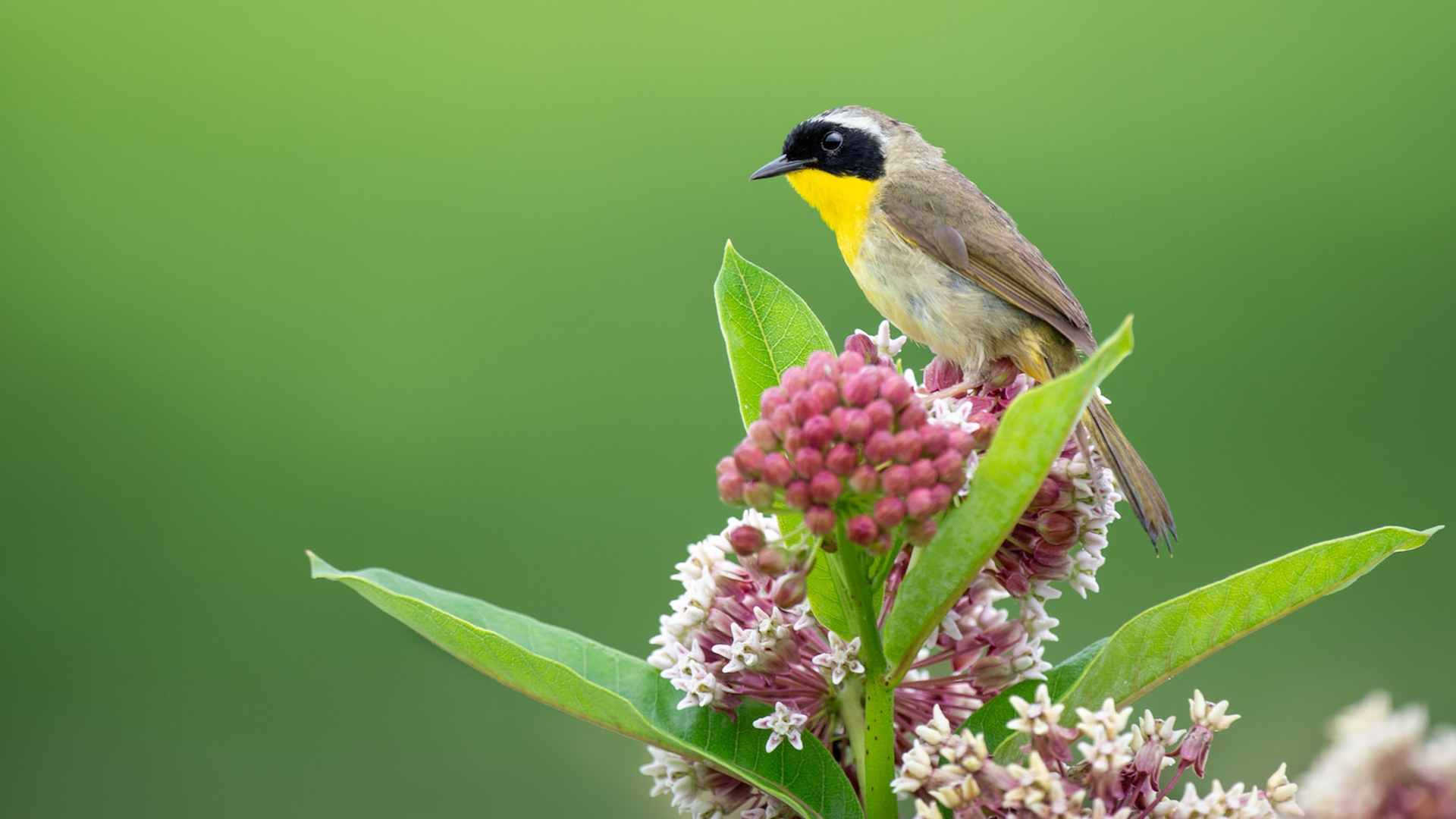
Swamp milkweed is a herbaceous perennial plant native to wetlands and meadows of North America. Its striking pink or purple flowers bloom in the summer, providing an important source of nectar for bees, butterflies, and other pollinators. As a host plant for the monarch butterfly, swamp milkweed plays a vital role in the butterfly's lifecycle, as monarch larvae feed exclusively on the leaves of milkweed species.
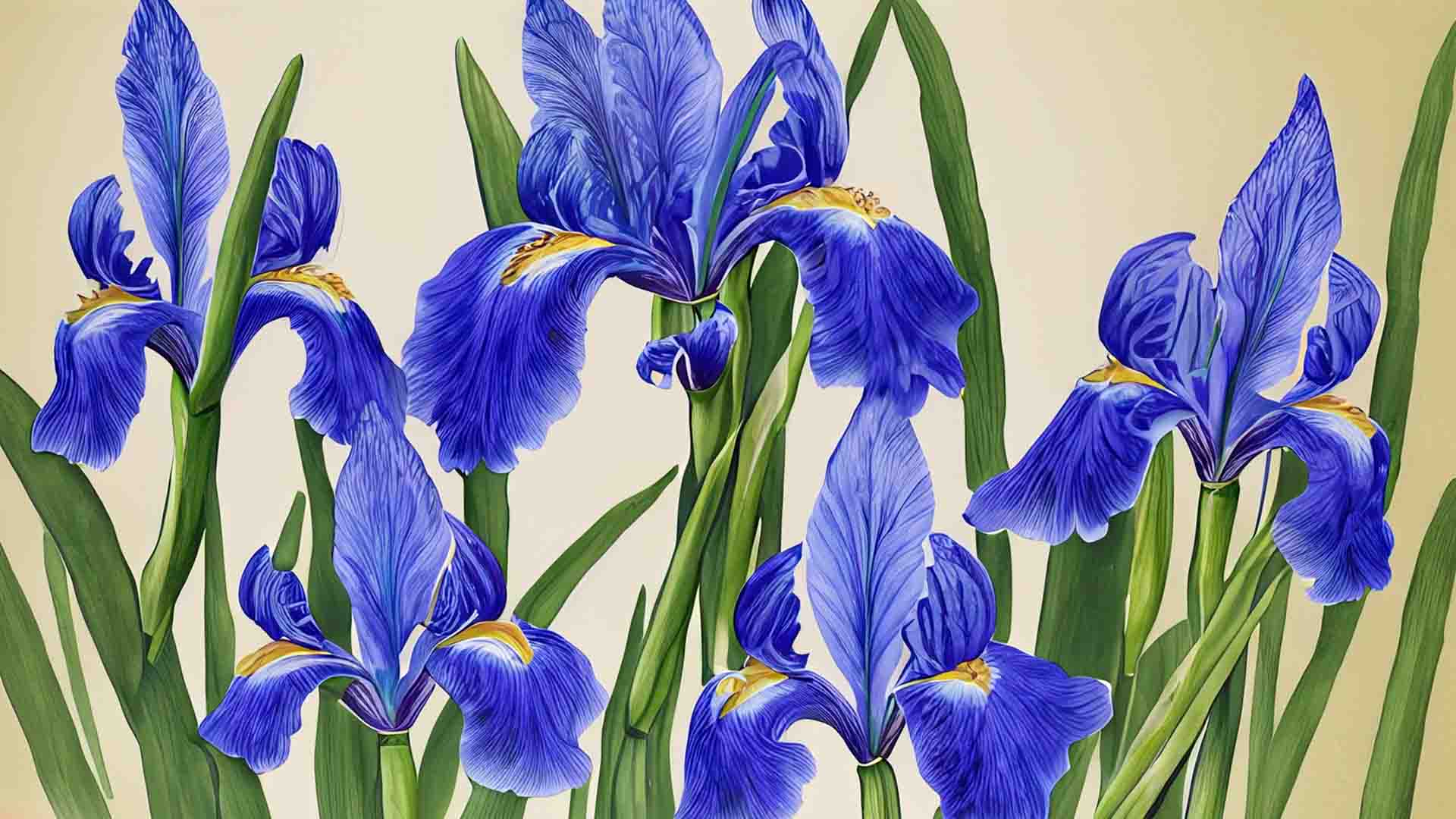
Blue Flag Iris is a perennial flowering plant native to North America. It is known for its striking blue to purple flowers that bloom in the late spring and early summer. Blue Flag Iris is a popular choice for water gardens and ponds, as it thrives in wet soils and can be used to help filter and purify the water.
They have been used for medicinal purposes by indigenous peoples, and contain compounds known to have anti-inflammatory and analgesic properties.
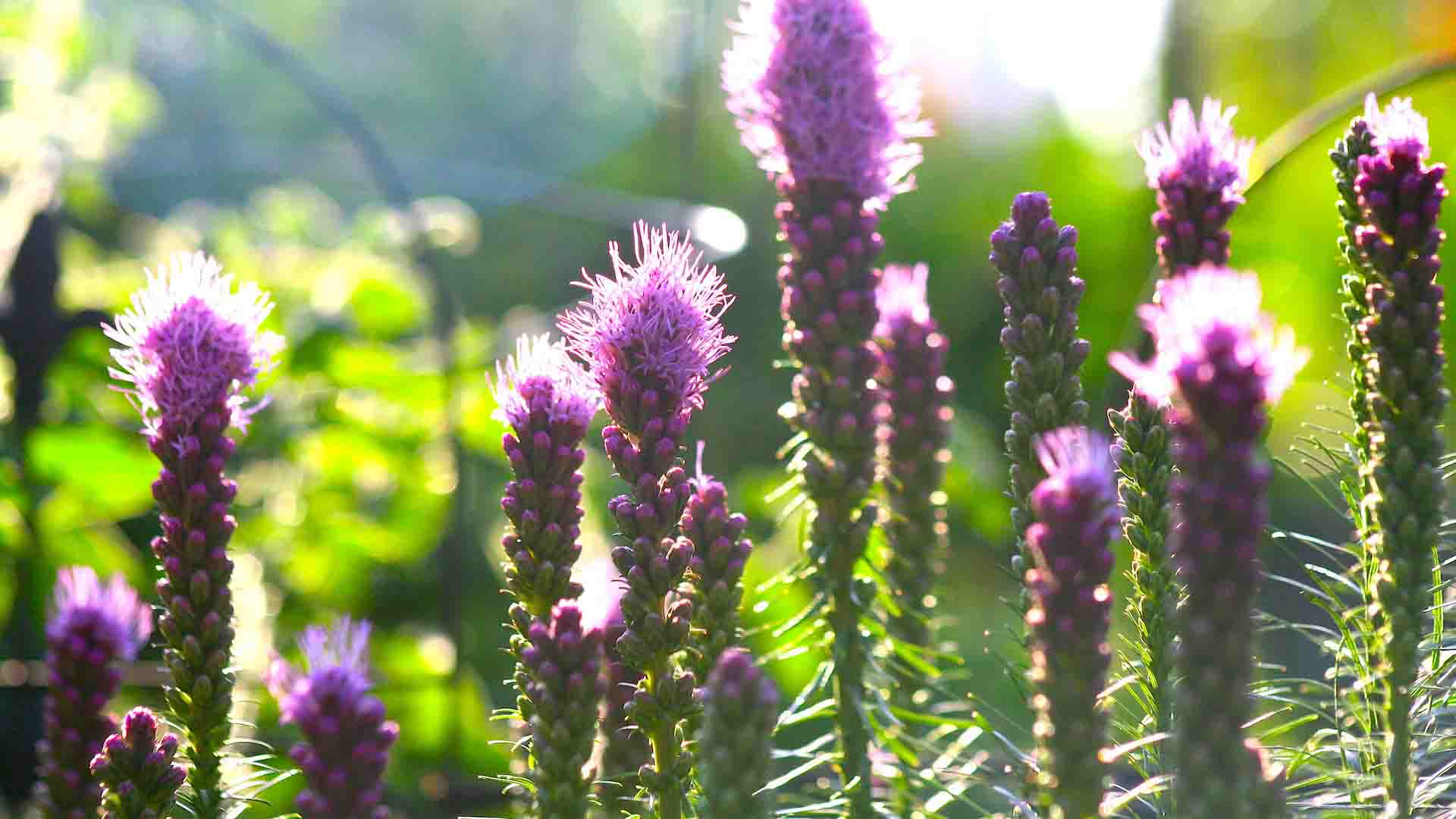
Marsh blazing star, also known as dense blazing star or gayfeather, is a North American wildflower that grows in wet meadows, prairies, and marshes. Its tall spikes of vibrant purple or pink flowers bloom in mid- to late-summer and are highly attractive to butterflies and other pollinators. Marsh blazing star is easy to grow and requires little maintenance, making it a popular choice for home gardens. The plant's underground corms were traditionally used by indigenous people of North America to make tea for treating a variety of ailments. Today, marsh blazing star is also valued for its ornamental qualities and is a popular addition to native plant gardens and meadows.
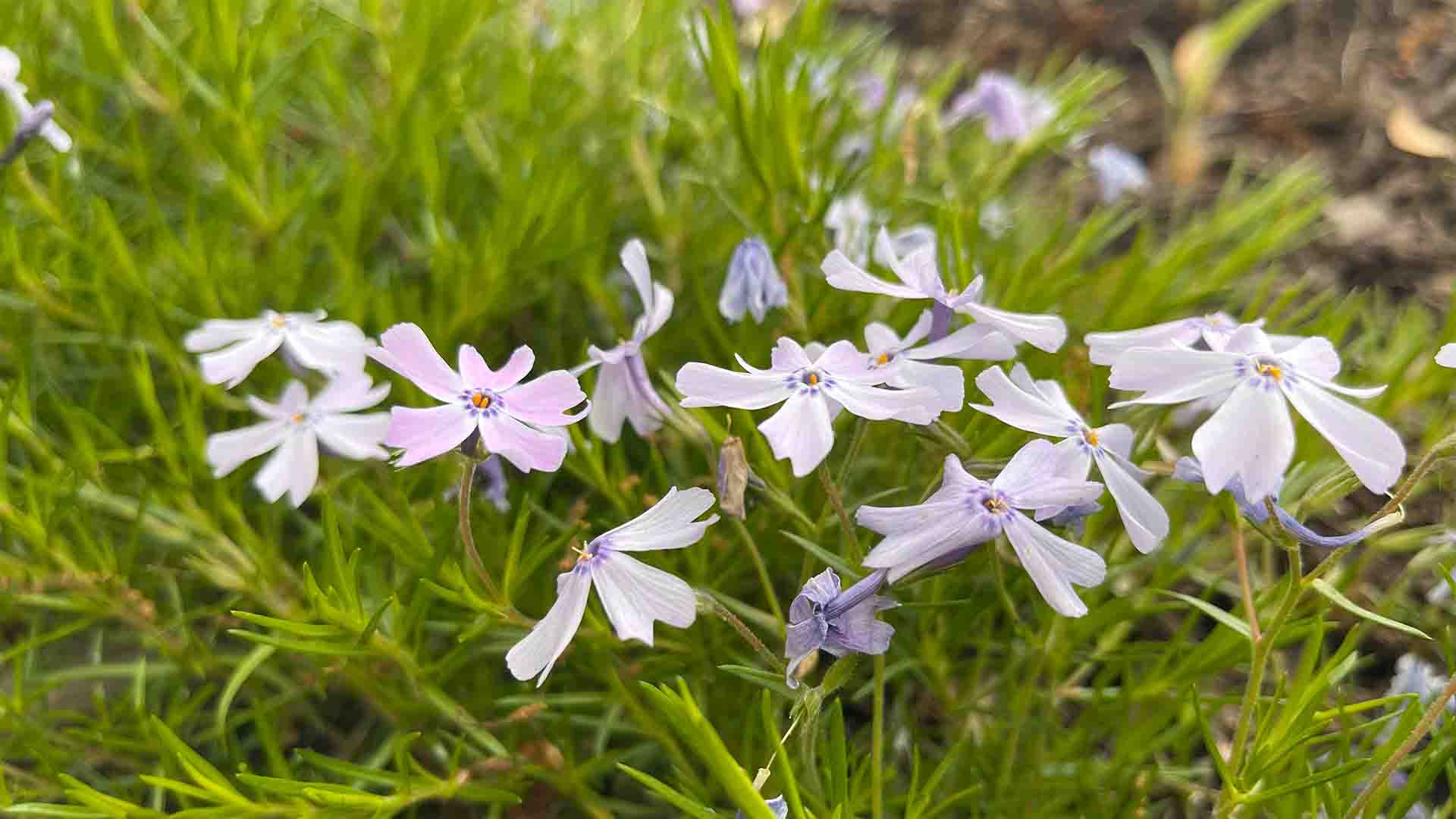
This late-spring, early-summer perennial blooms all over shady areas in Pennsylvania. They grow in rich, moist, shaded soils. Plant them above a wall and watch them pour over with beauty for years to come.
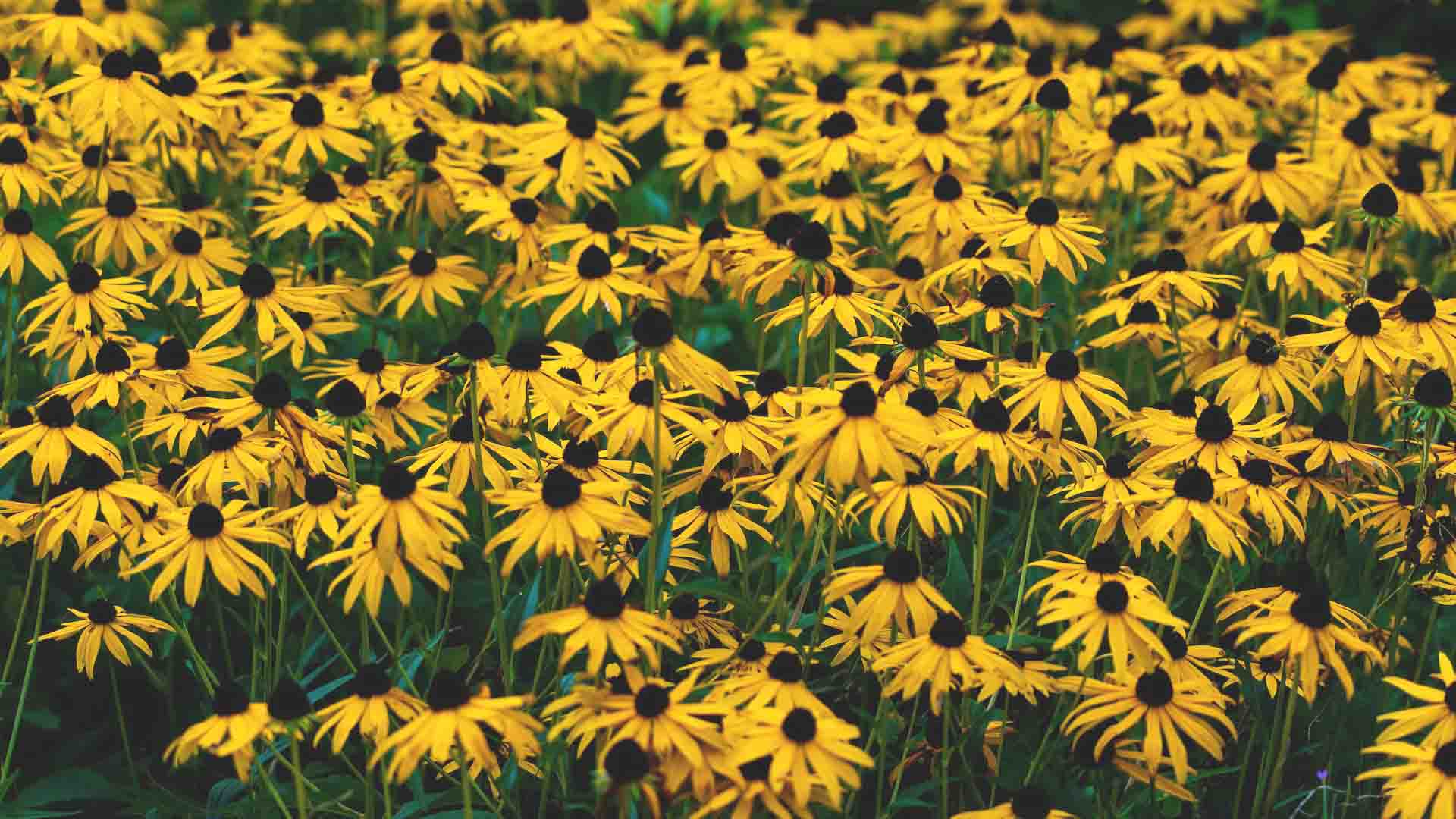
Black-eyed Susan (Rudbeckia fulgida) is a native North American wildflower that is known for its bright and cheerful yellow blooms with dark centers. This hardy plant is a member of the sunflower family and can grow up to 3 feet tall. It blooms in mid-summer and continues into the fall, making it a great addition to any garden or meadow.
Black-eyed Susans are easy to grow and require virtually zero care, aside from cutting them back at the end of the season.
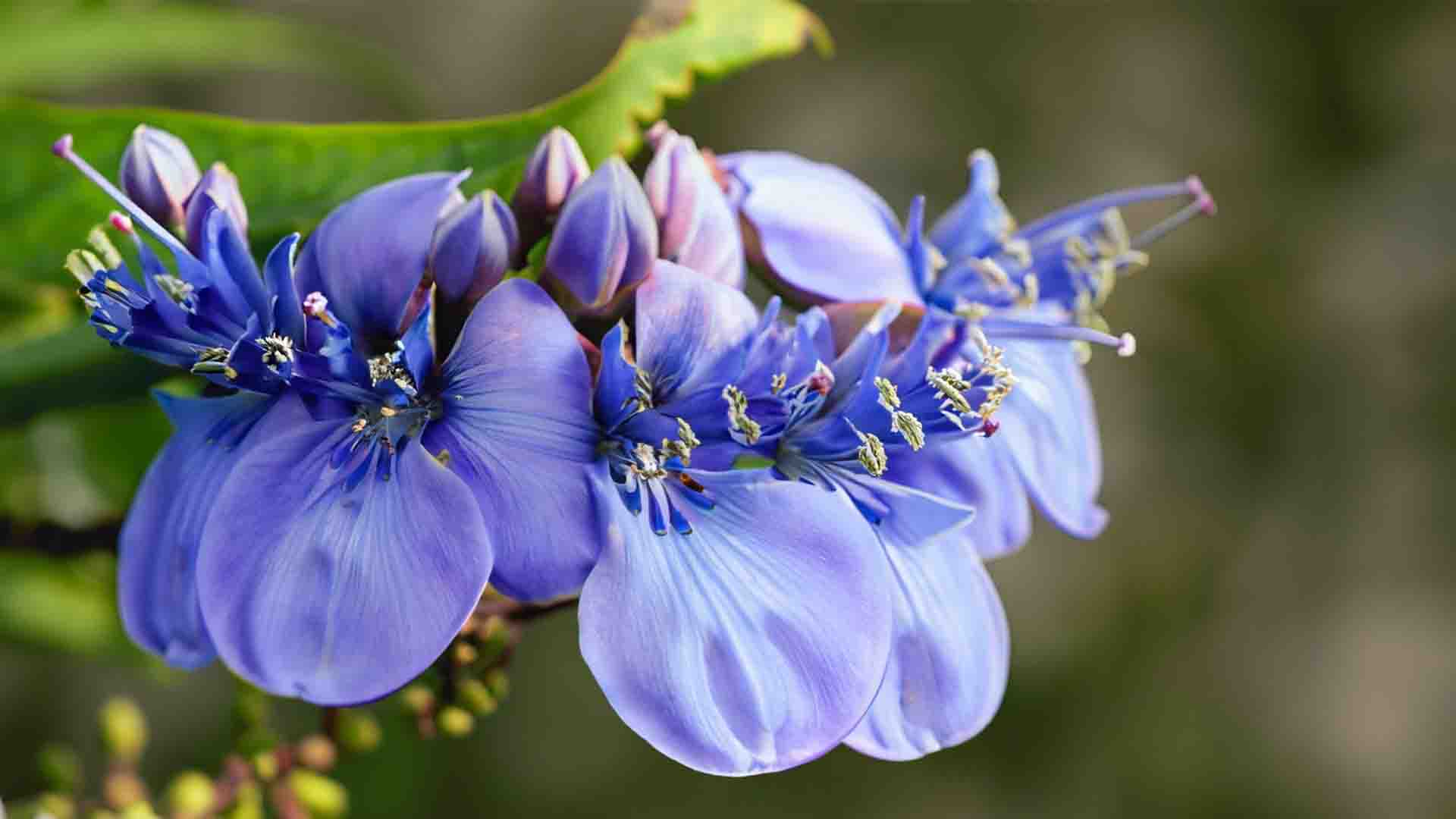
Wild indigo (Baptisia australis) is a beautiful, long-lived perennial plant that is native to North America. It is a member of the pea family and produces showy blue-purple flowers in early summer, which are a magnet for pollinators such as bees and butterflies. The plant is also known for its striking blue-green foliage, which adds texture and interest to garden beds.
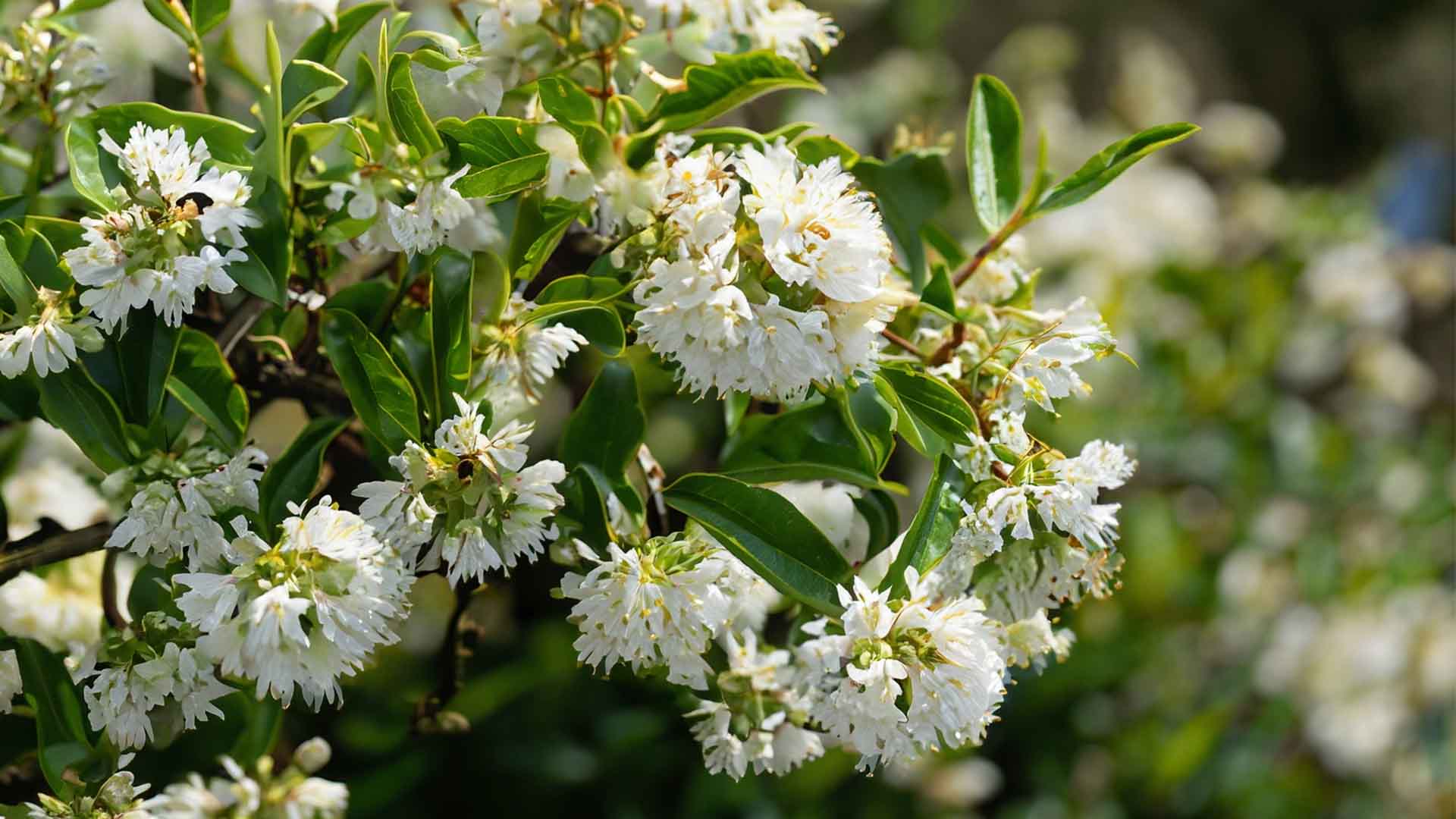
New Jersey tea is a small, deciduous summer shrub that is native to North America. It gets its name from the use of its leaves as a substitute for tea during colonial times. With its delicate white flowers and attractive foliage, this plant is a popular choice for native gardens and landscaping projects.
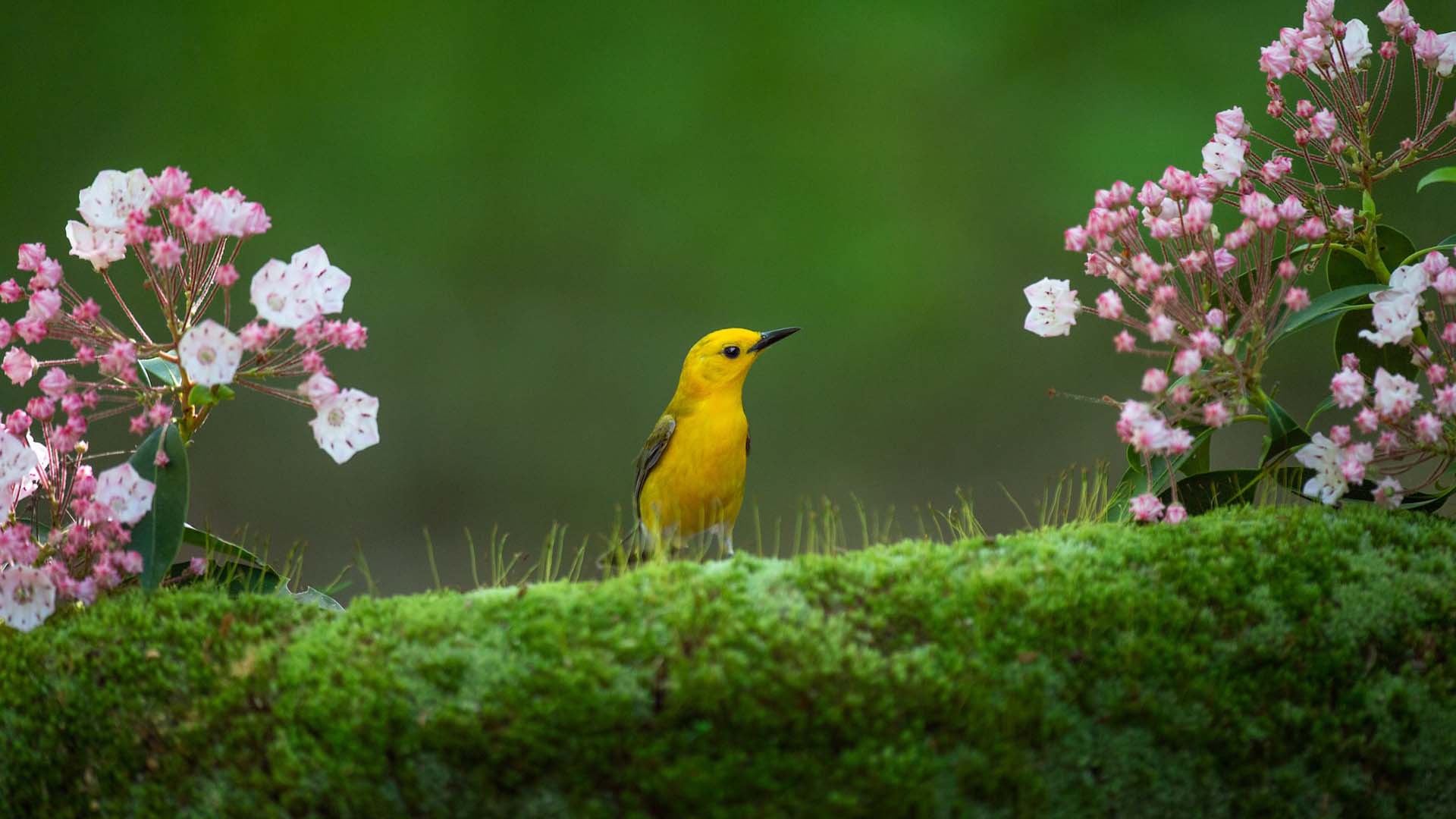
The Pennsylvania state flower blooms May-July with white and pink star-shaped flowers. This beautiful, but poisonous, flower is mostly found in wet, mountain meadows.

Hydrangea is a popular genus of flowering shrubs and vines that are prized for their showy blooms and attractive foliage. With a wide variety of cultivars available, hydrangeas are a versatile choice. They come in a range of colors, including pink, blue, white, and purple, and can thrive in a variety of growing conditions.
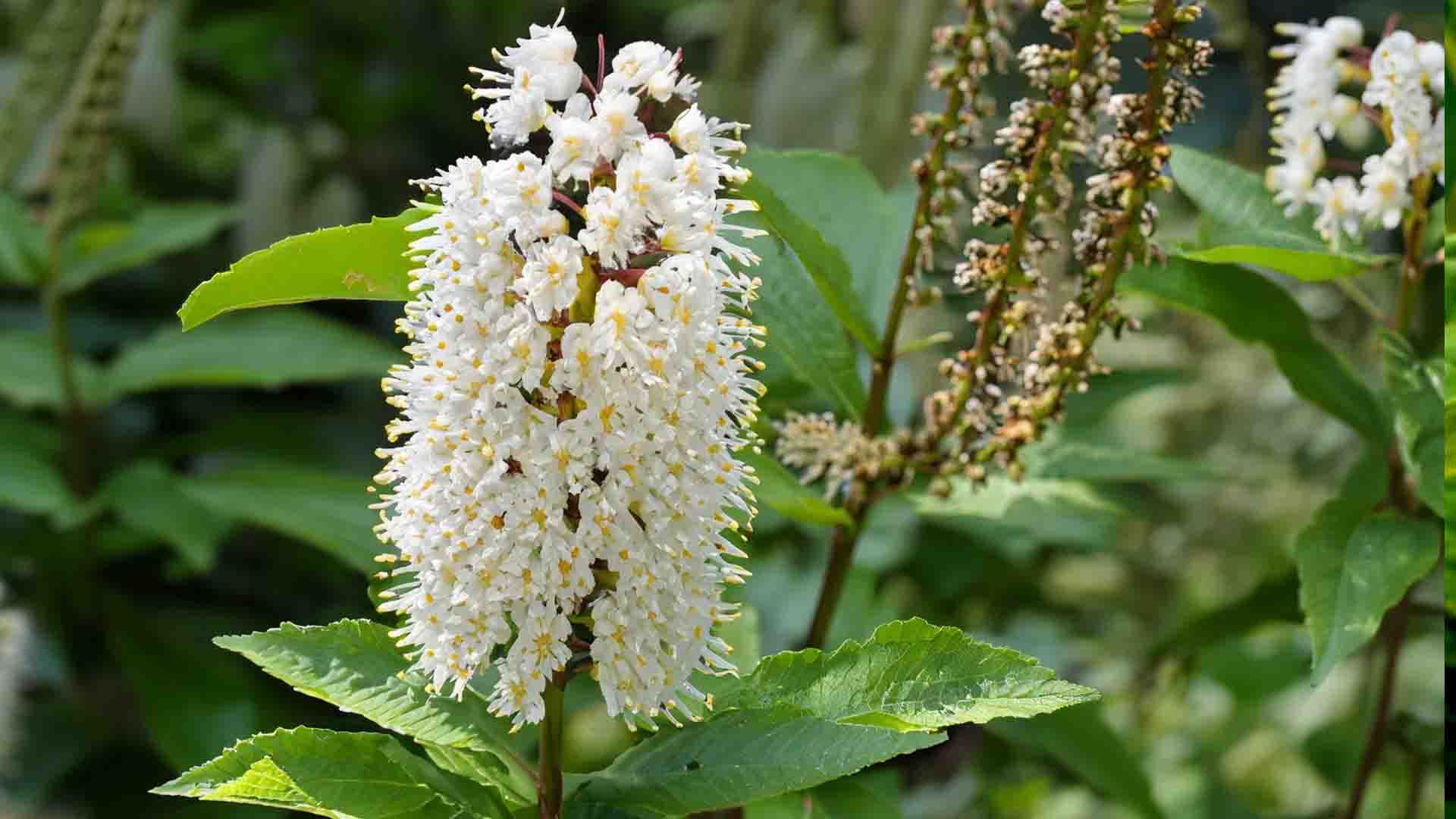
Summersweet is a deciduous shrub that is native to the eastern United States. With its fragrant, white or pink flowers and attractive foliage, this plant is a popular choice for gardens and landscaping projects. Summersweet is also a valuable source of nectar for pollinators, making it a great addition to any garden that is focused on attracting bees, butterflies, and other beneficial insects.
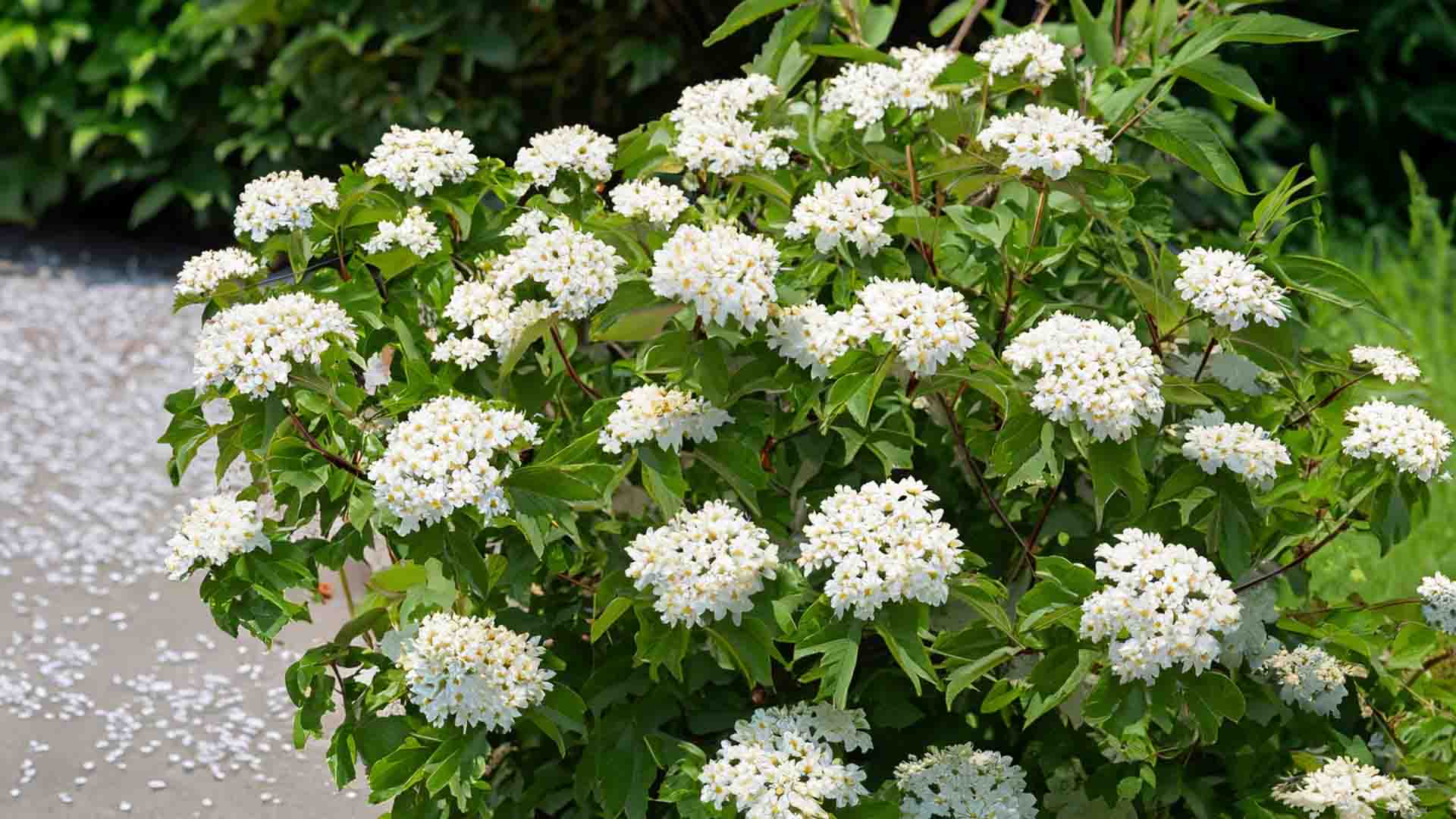
Arrowwood Viburnum is a deciduous shrub that is native to North America. It is prized for its attractive foliage, which turns a beautiful shade of burgundy in the fall, as well as its showy clusters of white flowers and blue-black berries. Arrowwood Viburnum is also an important source of food and shelter for wildlife, making it a valuable addition to any garden or natural area.
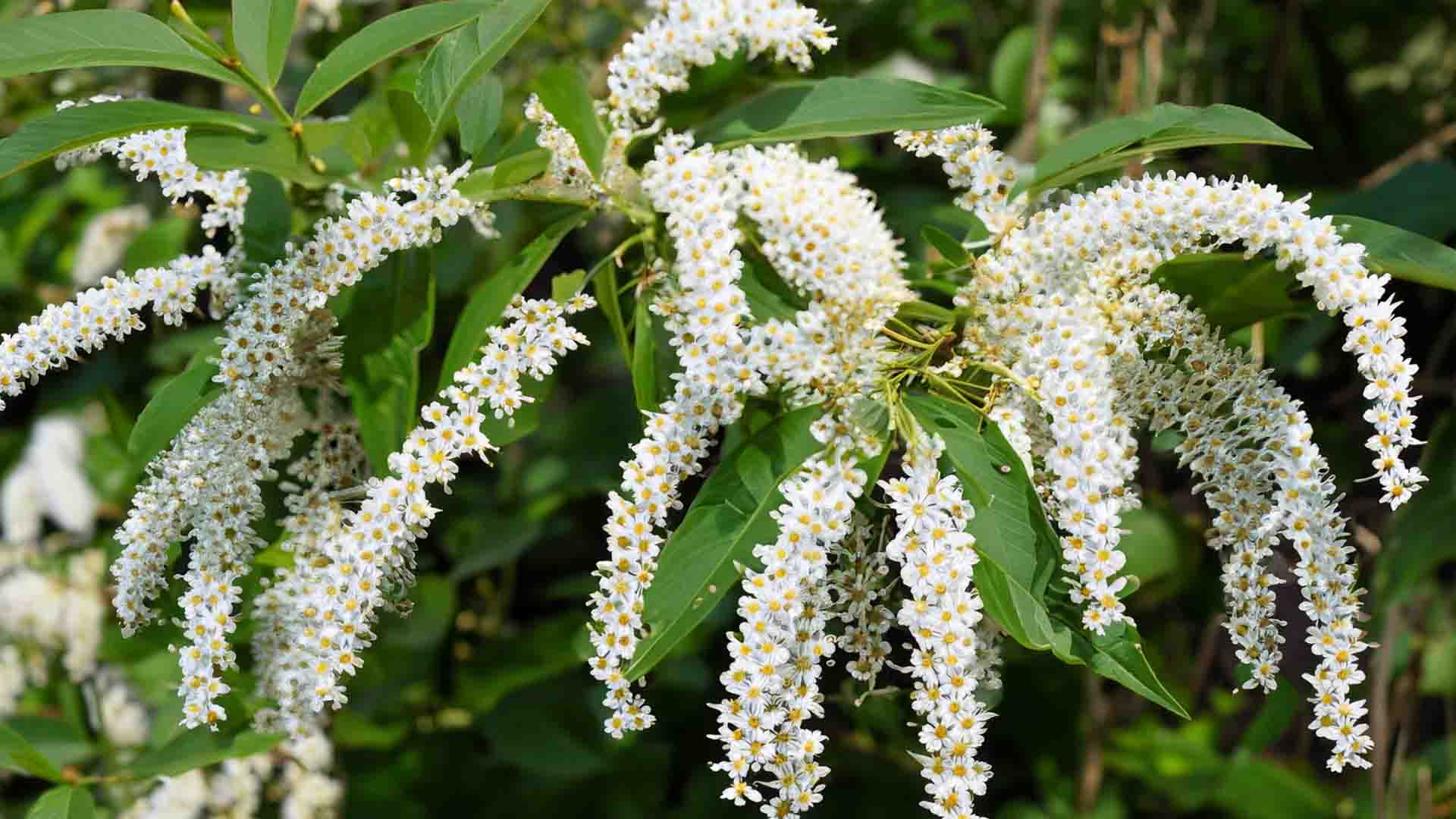
Virginia Sweetspire is a shrub native to the eastern United States. It is known for its attractive foliage, which turns a beautiful shade of red, orange, or yellow in the fall, as well as its fragrant, white flowers that bloom in late spring or early summer.
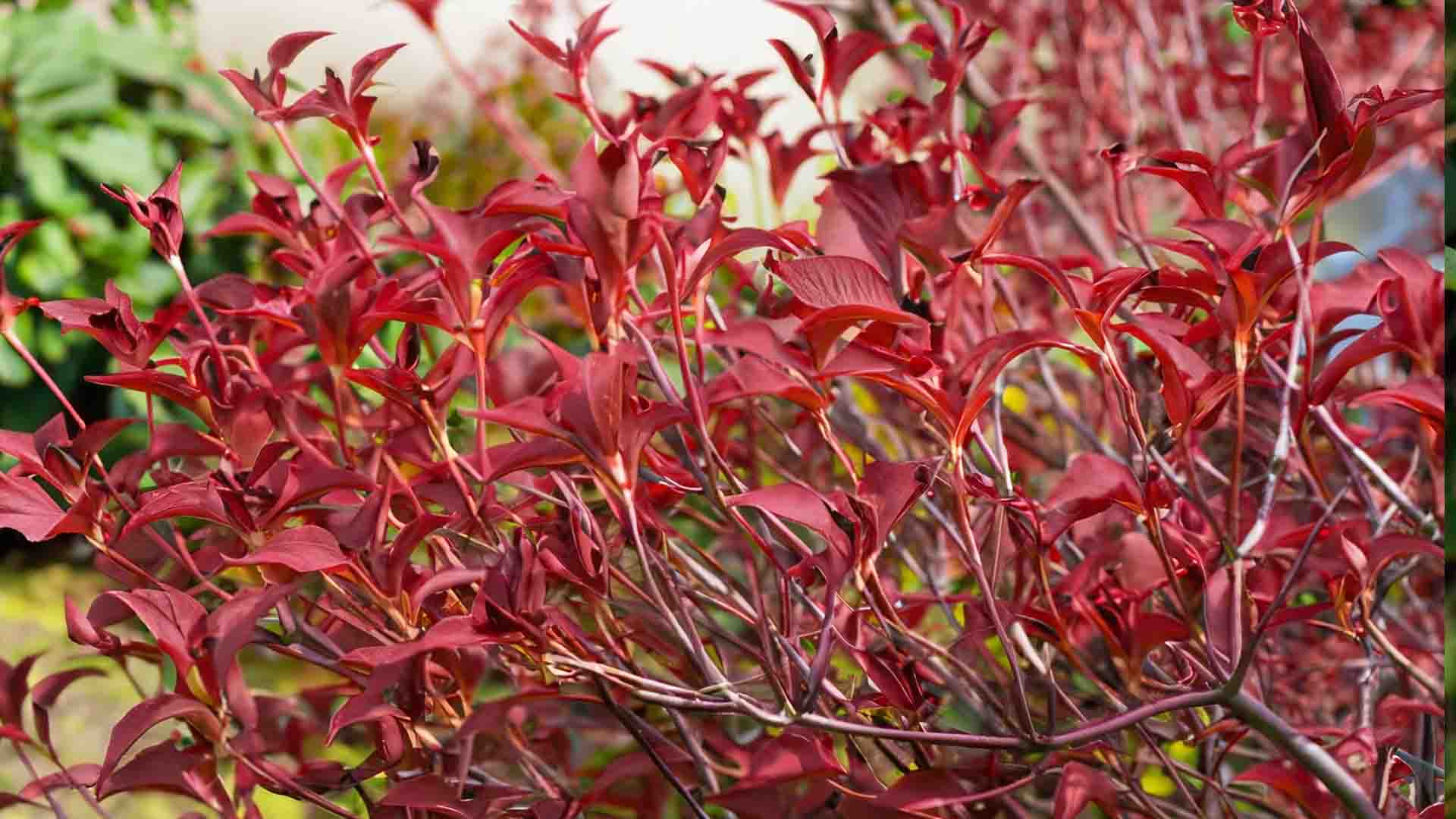
Red Twig Dogwood is a deciduous shrub that is native to North America. It is known for its striking bright red stems, which provide a beautiful contrast to the winter landscape. It also produces clusters of small white flowers in the spring, followed by white or blue berries in the summer that are attractive to birds. In addition to its ornamental value, this plant is also used for erosion control and wildlife habitat restoration.
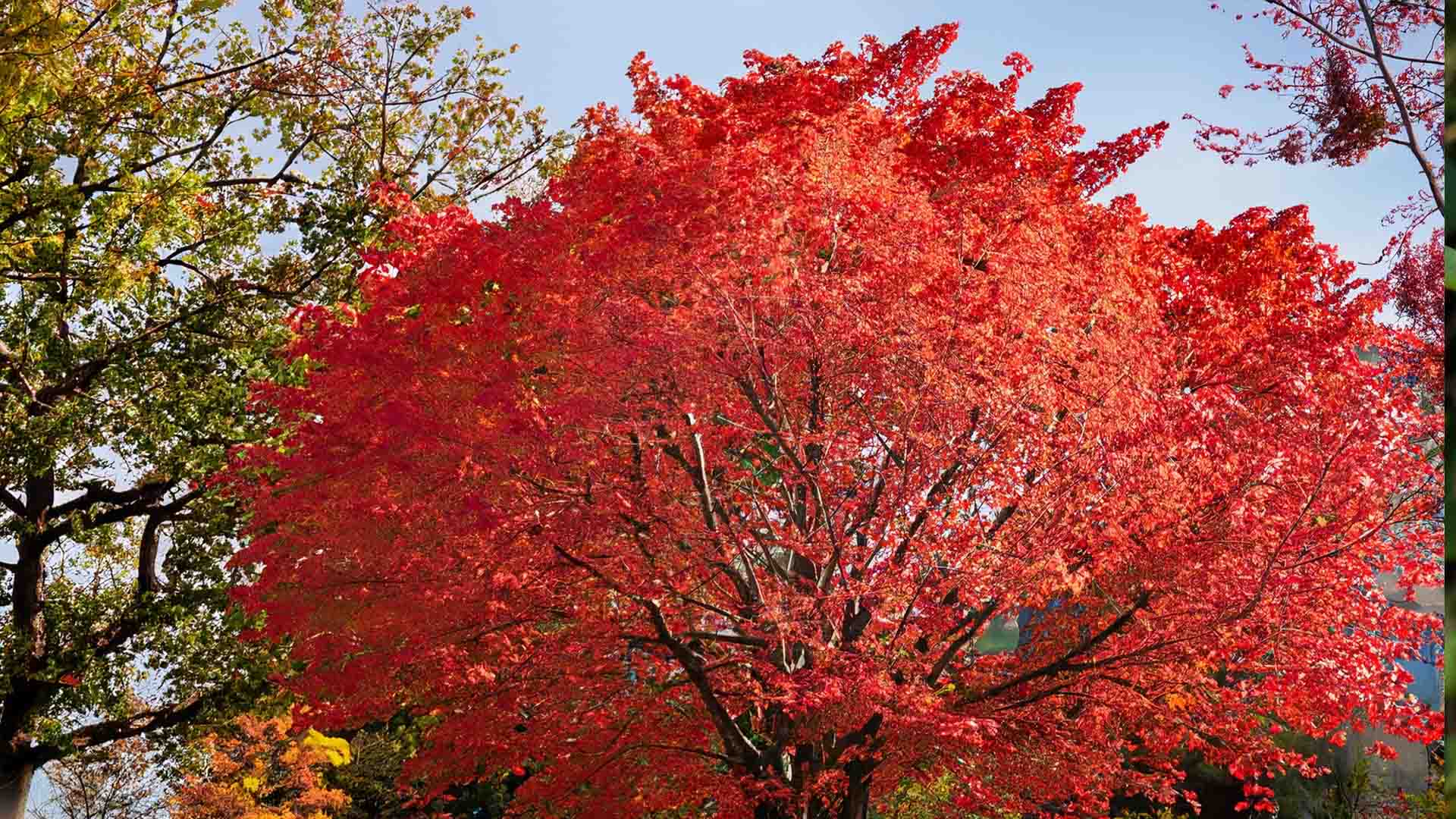
Red Maple is a deciduous tree that is native to the eastern United States and Canada. It is known for its stunning fall foliage, which can range from bright red to yellow and orange. Red Maple is a fast-growing tree that can reach heights of up to 90 feet, making it a popular choice for shade trees in residential and commercial landscapes. It is commonly used in reforestation efforts.
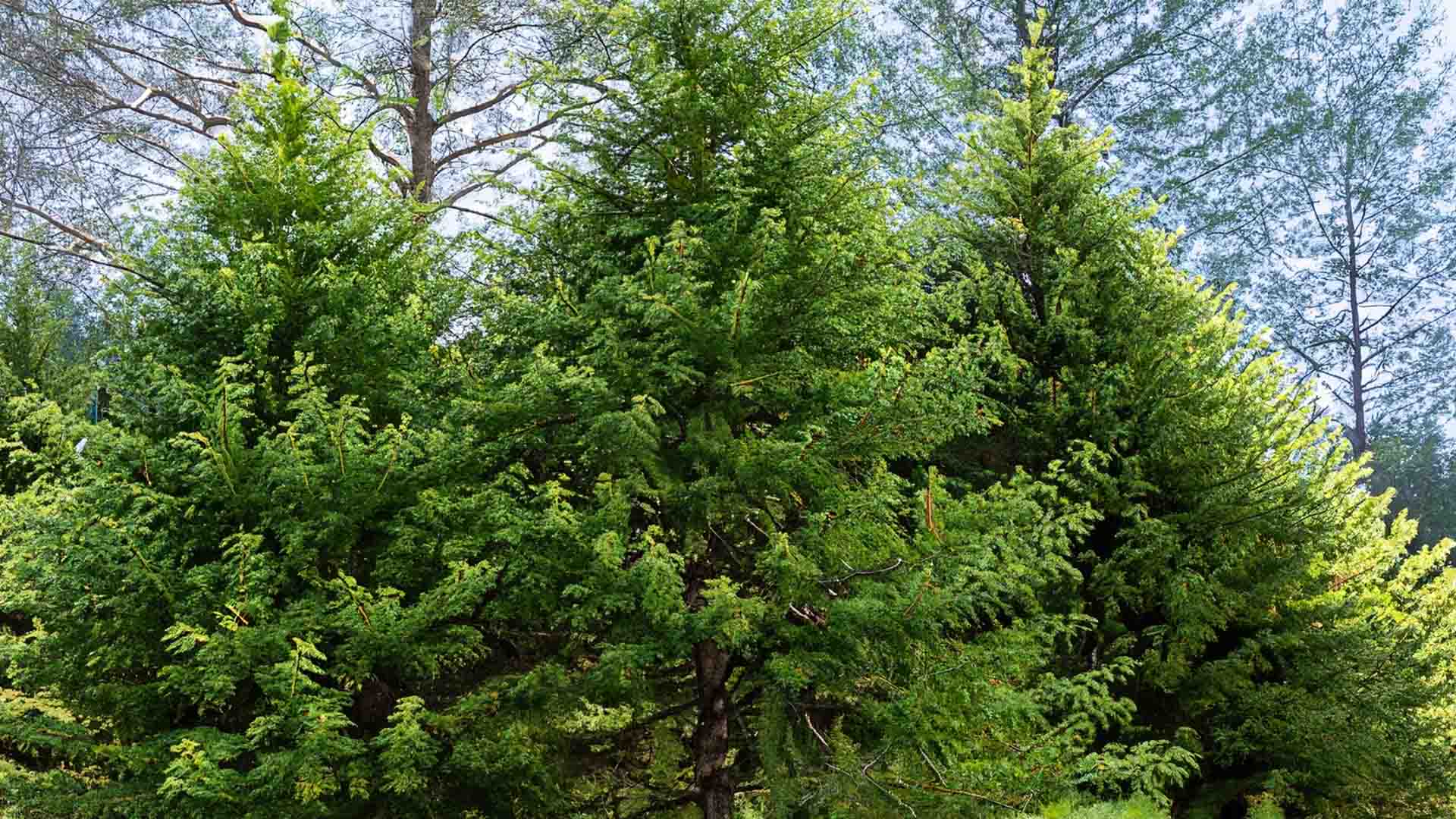
Eastern Hemlock is an evergreen coniferous tree that is native to eastern North America, ranging from Minnesota to Nova Scotia, to Georgia. It is a slow-growing but long-lived tree, capable of reaching heights of up to 70 feet.
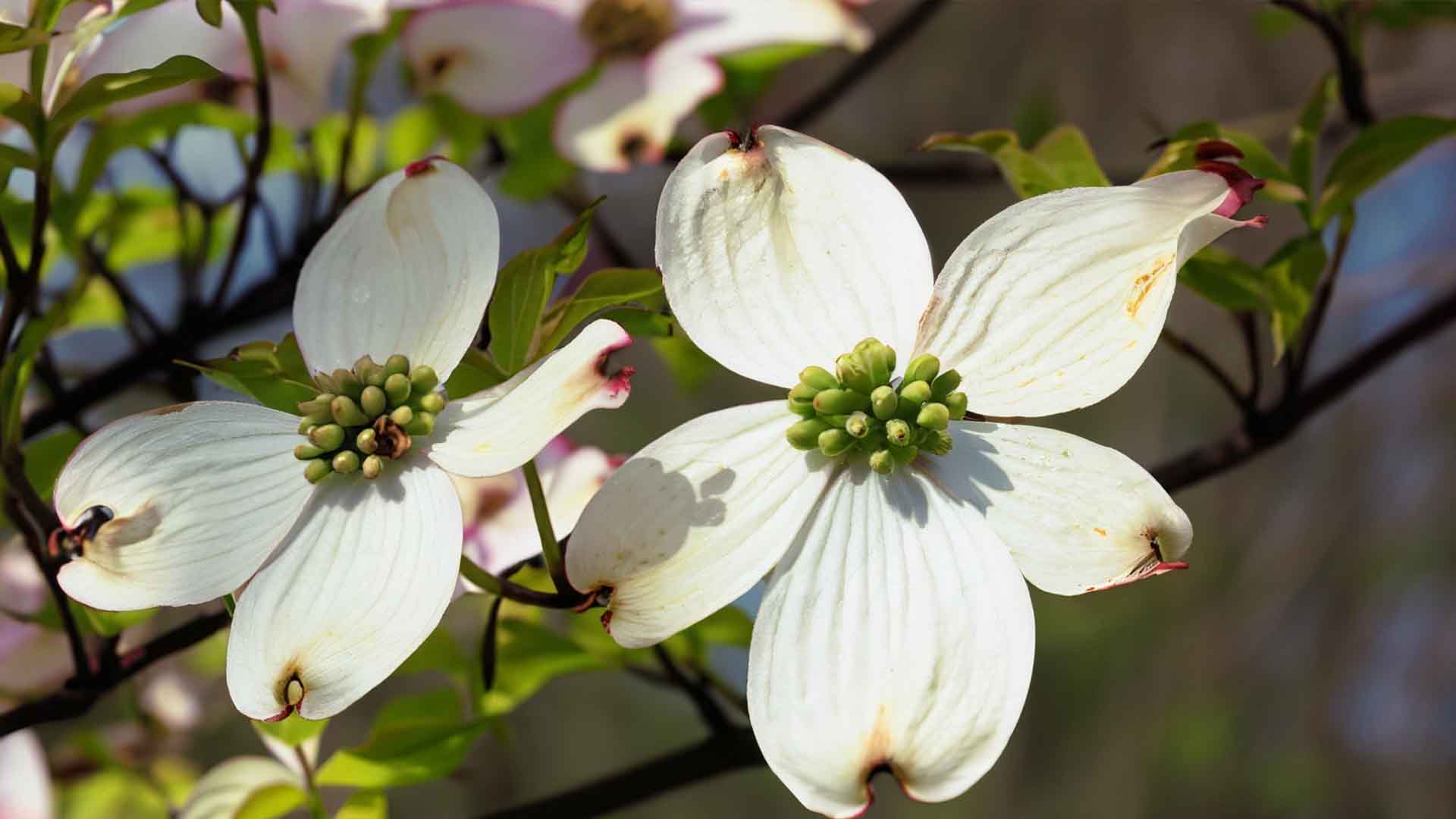
Flowering dogwood is a small, deciduous tree that is native to eastern North America. Known for its beautiful, showy flowers that bloom in early spring, flowering dogwood is a popular ornamental tree in landscaping. In the fall, its leaves turn a vibrant red.
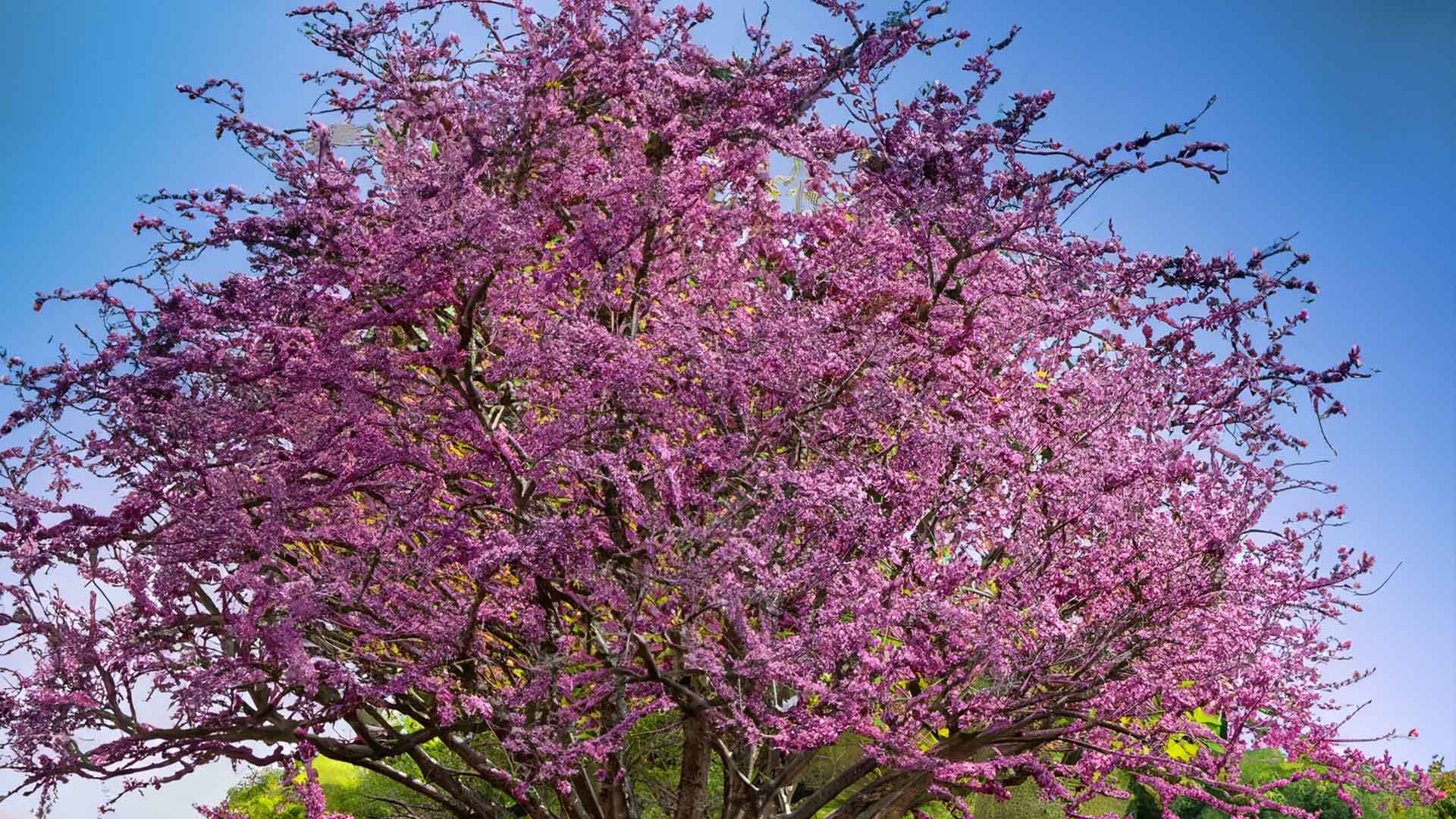
Eastern Redbud is a small tree native to eastern North America. It is known for its stunning pinkish-purple flowers that bloom in early spring before its leaves emerge. The tree has an interesting branching pattern and its heart-shaped leaves turn a vibrant yellow in the fall.
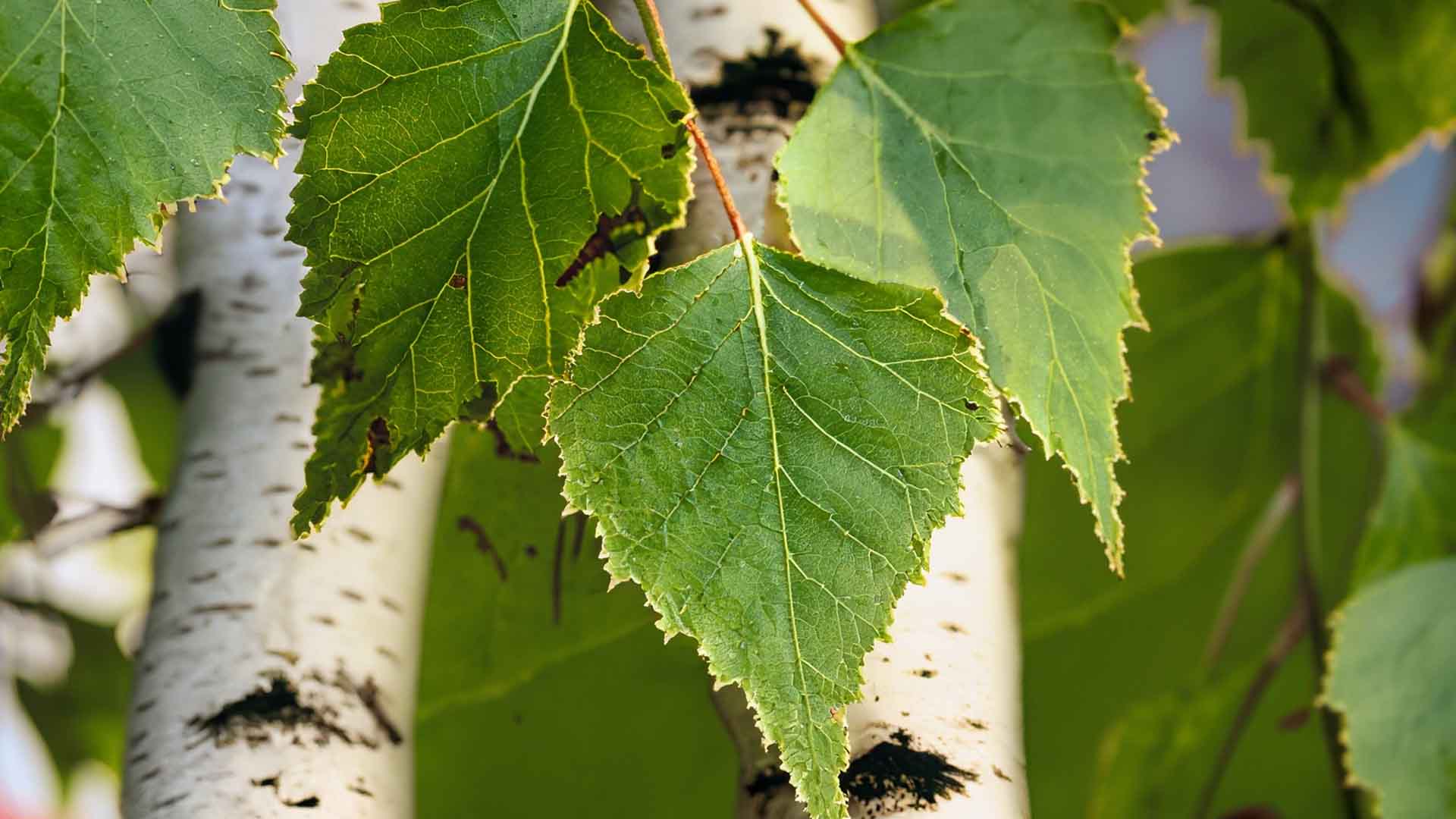
River Birch is a deciduous tree native to the eastern United States. It is a popular landscaping tree due to its striking peeling bark that ranges from creamy white to reddish-brown. The tree's leaves are a medium to dark green and turn yellow in the fall. It is a relatively fast-growing tree that prefers moist soil and can tolerate wet conditions. The River Birch is a great choice for naturalizing wet areas, erosion control, and wildlife habitat.
We hope we've provided you with the knowledge and inspiration to create your dream native outdoor space. Keep checking back for new and exciting updates, as we continue to add to our collection of native plants, landscaping tips, and picturesque ideas.

